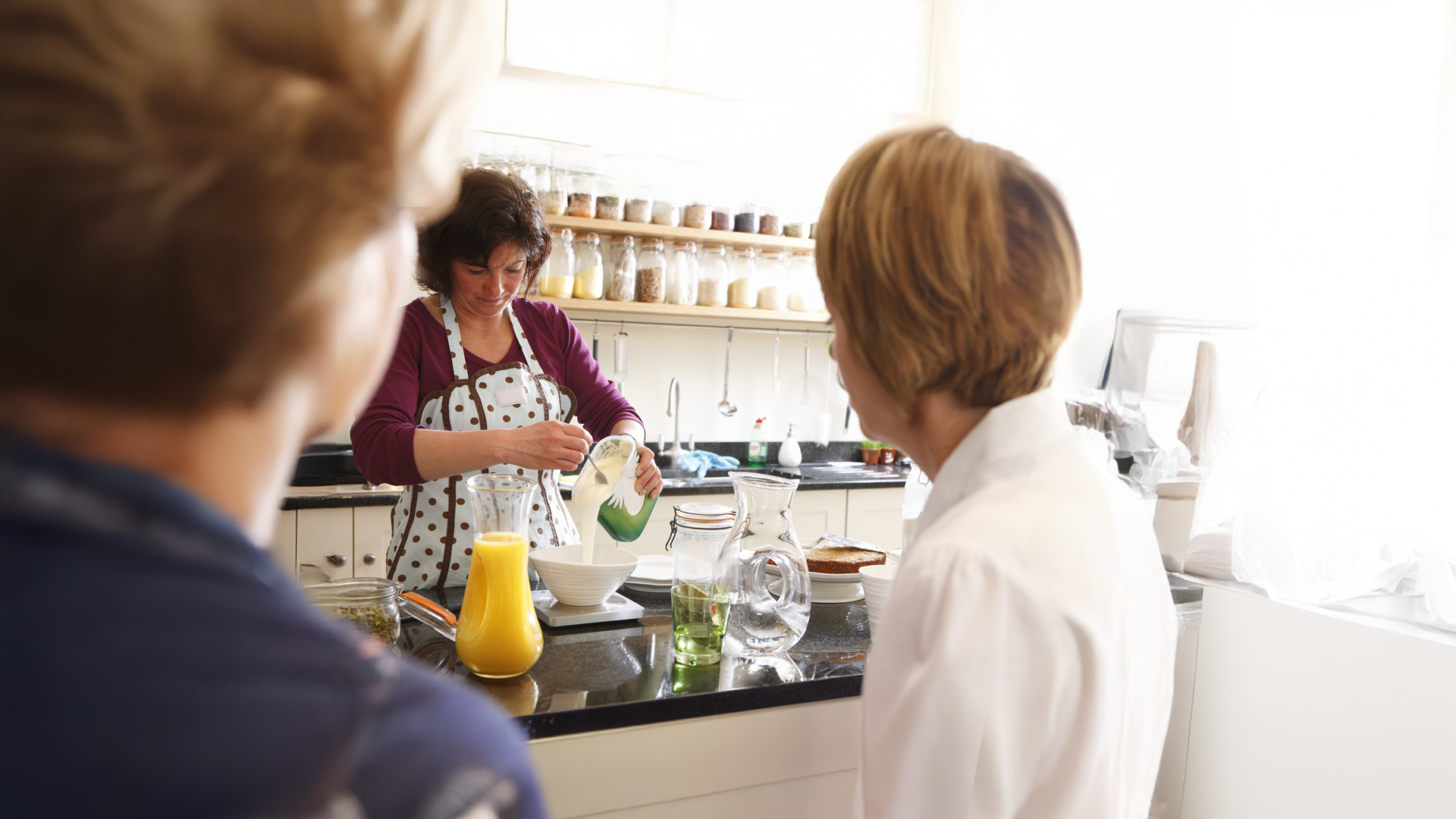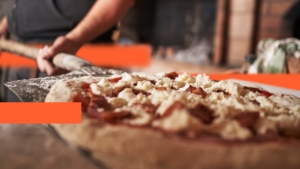Abbie Schofield, our Senior Social Content Editor, explains why food brands should consider using Pinterest as part of their social-media strategy.
Right now, as I write this in early September, the most popular Sainsbury’s magazine recipe on Pinterest is this Fig, Apricot and Pistachio Christmas Cake, which has more than 200,000 impressions.

Think September is a little early to be planning Christmas? Not for Pinterest users, also known as Pinners. Pinners are planners, and 89% of regular users find holiday inspiration on the platform.
It’s this future-focused mindset that makes Pinterest different to its social-media competitors. While, on Instagram, you might post a photo of a pasta dish you made yesterday, on Pinterest, you search for the pasta dish you’re going to cook for dinner next week.
Launched in 2010, Pinterest is all about inspiration – a digital pinboard for things you want to make, do or try. Users can ‘Pin’ content, which can be in photo or video format, from the feed’s grid design to their own boards.
In 2023, Pinterest reported 465 million active monthly users, with 16.7 million in the UK, making it the 15th most popular platform worldwide. It’s not the social-media giant that Facebook is, but don’t let that put you off. Pinterest appeals to more of a niche demographic, and is particularly popular when it comes to the topics of fashion, food, interior design and DIY.
As a visual platform, it’s the perfect space for food brands looking to reach their ideal audience, as there are millions of hungry foodies on there, searching for recipe inspiration, cooking hacks and kitchen tips.
At 7C3, we’ve had huge success on Pinterest for our client Sainsbury’s magazine, generating millions of impressions and thousands of web page views for the brand each month. Clicking on the magazine’s mouthwatering food photography takes a user directly to the corresponding recipe on sainsburysmagazine.co.uk, while weekly Idea Pins (Pinterest’s answer to Instagram Reels and TikTok) drive brand awareness via quick and clever recipe videos.
Pinterest content has an unusually long lifespan. On TikTok and Instagram, a post can fall into the digital abyss in a matter of days, but Pins can continue to gain traction for months or even years. That Christmas cake recipe I mentioned? It’s from 2015.
What makes Pinterest content so timeless? Pinterest itself says, ‘Pinterest is personal media not social media… You would never post a selfie to Pinterest, or comment on a news article.’ This detachment from current affairs allows the same Pinterest content to keep being discovered as time goes on. A fantastic fig cake recipe from 2015 can still be the star of the Christmas dessert table in 2023.
According to Pinterest, there are five pillars of inspiring content. It must be:
· Visually appealing
· Original
· Positive
· Relevant
· Actionable
How can food brands set themselves up for success on Pinterest? Here are five tips.
1. Make it relevant
People use Pinterest to plan for real life, so link your content to contextual events, whether it’s a seasonal occasion or an everyday moment. For example, rather than sharing an apple cake recipe, reframe it as a Halloween baking idea.
2. Explore posting more video
In 2021, Pinterest launched Idea Pins, which are a bit like a mash-up between Instagram Stories and TikToks. Idea Pins are a brilliant format for recipes, showing people how to use your product or demonstrating hacks or tips. We’ve found that Idea Pins tend to reach a larger number of people faster than regular Pins. But this doesn’t mean you shouldn’t post static content – a blend of both is the best strategy for maximum impact.
3. Create recipe rich Pins
If you have a website that includes recipes, adding Pinterest’s markup for Recipe rich Pins will automatically sync information such as ingredients and serving sizes to Pinterest when a recipe from your site is pinned. Here’s how to do it.
4. Keep an eye on trending topics
While Pinterest content tends to have a longer lifespan than content on other social-media platforms, that doesn’t mean trends are irrelevant. The Pinterest Trends page allows you to see which growing trends and keywords your audience are connecting with. According to a study with Black Swan and Pinterest, Pinterest trends took off 20% faster than trends across other platforms in their first six months, allowing brands on the platform to get ahead of the curve.
5. Post original content
Don’t post the same video you just shared on Instagram. If you must re-use the same images or video clips, ensure the specs are correct for Pinterest and adapt it using in-app text, stickers and music to make it feel native to the platform.
While Pinterest is by no means a quick win on social media – don’t expect to go viral in a matter of days – regularly posting good-quality content can reap huge rewards for food brands.
Our digital team at 7C3 are experts in social-media strategy and content creation. Get in touch to find out more: hello@seven.co.uk.





